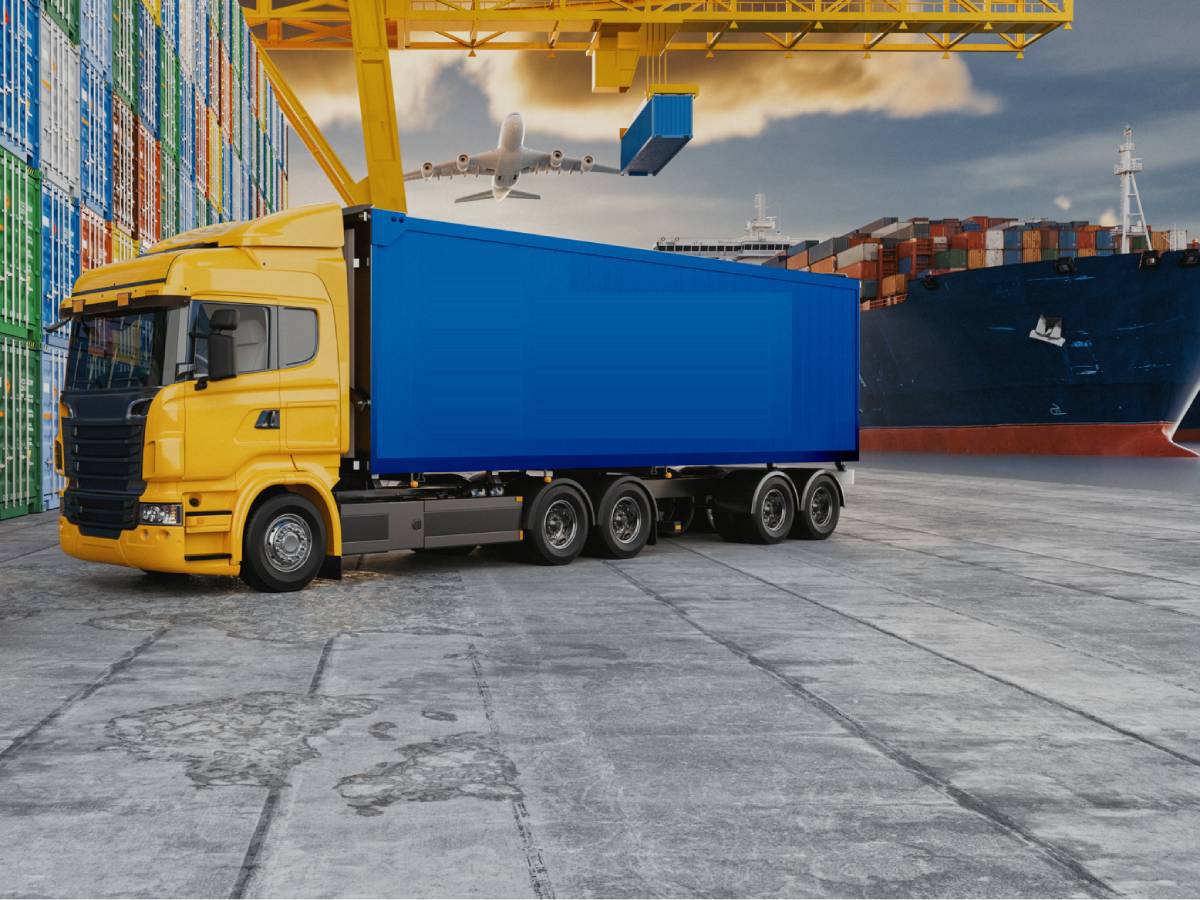Vietnam’s logistics industry has been growing rapidly over the past decade, driven by the expansion of manufacturing, e-commerce, and international trade. As a key link between Southeast Asia and the global market, Vietnam has become a strategic logistics hub. To meet diverse customer needs, various logistics models have emerged and evolved. Understanding these logistics models is essential for businesses looking to improve supply chain efficiency, reduce costs, and enhance customer satisfaction.
Overview of the Logistics Industry in Vietnam
Vietnam’s logistics market has an estimated annual growth rate of 14–16%, contributing around 4–5% to the country’s GDP. The industry is supported by strong export activities, improvements in transport infrastructure, and the growing adoption of technology in logistics management.
However, despite this progress, Vietnam still faces challenges such as high logistics costs, fragmented supply chains, and limited collaboration among service providers. These factors make the choice of logistics model even more critical for businesses that depend on transportation and distribution networks.

First-Party Logistics (1PL) Model
The First-Party Logistics (1PL) model refers to businesses managing their own logistics operations. In this model, the company handles all logistics functions, including transportation, warehousing, and inventory management, using internal resources.
Advantages
-
Full control over the logistics process
-
Direct communication between departments
-
Suitable for small-scale operations or companies with minimal logistics needs
Disadvantages
-
High fixed costs for vehicles, warehouses, and staff
-
Limited scalability and flexibility
-
Not ideal for expanding businesses or those with complex supply chains
In Vietnam, many small businesses and local manufacturers still use the 1PL model due to its simplicity and cost predictability, especially in domestic transportation.
Second-Party Logistics (2PL) Model
The Second-Party Logistics (2PL) model involves outsourcing specific logistics activities to external providers. A 2PL company typically handles transportation, freight forwarding, or warehousing on behalf of the client.
Advantages
-
Reduced investment in logistics infrastructure
-
Access to professional transport and warehouse services
-
Suitable for companies seeking efficiency in specific logistics segments
Disadvantages
-
Limited integration with the overall supply chain
-
Less flexibility in terms of customization
-
Risk of delays or service inconsistency from the provider
In Vietnam, 2PL providers such as trucking companies, sea freight carriers, and warehouse operators play a crucial role in domestic and regional distribution.
Third-Party Logistics (3PL) Model
The Third-Party Logistics (3PL) model is currently the most widely used in Vietnam. In this approach, companies outsource a wide range of logistics functions—including transportation, warehousing, customs clearance, and distribution—to a specialized 3PL provider.
Advantages
-
Cost reduction through outsourcing
-
Professional management and advanced logistics technology
-
Enhanced flexibility and scalability
-
Ability to focus on core business activities
Disadvantages
-
Dependency on the service provider
-
Possible data privacy and security concerns
-
Requires strong coordination between the company and 3PL partner
Vietnam’s 3PL market is expanding rapidly, driven by the rise of e-commerce and cross-border trade. Companies like DHL, DB Schenker, and local firms such as Gemadept and Sotrans offer comprehensive 3PL solutions tailored to Vietnam’s growing demand.
Fourth-Party Logistics (4PL) Model
The Fourth-Party Logistics (4PL) model represents an advanced stage of logistics outsourcing. A 4PL provider acts as an integrator that manages the entire supply chain on behalf of the client. Instead of handling physical transportation, 4PL companies design, coordinate, and optimize logistics operations using data and technology.
Advantages
-
Strategic supply chain management
-
Improved visibility and analytics
-
Reduced operational complexity for the client
Disadvantages
-
High service costs
-
Complex coordination between multiple stakeholders
-
Requires strong trust between the client and provider
In Vietnam, the 4PL model is still emerging, mostly adopted by multinational corporations or large exporters seeking to streamline regional logistics management.
Fifth-Party Logistics (5PL) Model
The Fifth-Party Logistics (5PL) model focuses on integrating multiple supply chains through technology and e-commerce platforms. A 5PL provider manages networks of 3PL and 4PL partners using digital solutions such as AI, IoT, and big data analytics to achieve full automation and visibility.
Advantages
-
Smart and automated supply chain management
-
Centralized data-driven decision-making
-
Ideal for e-commerce and global trade companies
Disadvantages
-
High dependency on technology
-
Requires large-scale investment and system integration
In Vietnam, 5PL logistics is still in its early stages, but with the country’s digital transformation and rapid growth in online retail, this model is expected to become more prominent in the coming years.
Choosing the Right Logistics Model for Your Business
Selecting the appropriate logistics model depends on several factors such as business size, shipment volume, budget, and strategic goals.
-
Small enterprises with limited shipping needs may choose 1PL or 2PL for cost control.
-
Growing businesses engaged in nationwide or cross-border trade often prefer 3PL, as it offers scalability and efficiency.
-
Large corporations with complex supply chains might adopt 4PL or 5PL to optimize operations and integrate technology.
In Vietnam, a hybrid approach is also popular—companies combine multiple logistics models to balance cost, flexibility, and control.
The Future of Logistics Models in Vietnam
As Vietnam continues to expand its manufacturing base and strengthen trade agreements, the logistics sector will become even more dynamic. Emerging technologies such as artificial intelligence, automation, and blockchain are reshaping the way companies manage their supply chains.
Government initiatives like the “Vietnam Logistics Development Strategy 2035” aim to reduce logistics costs and enhance the country’s competitiveness. With these advancements, logistics providers are expected to shift toward 4PL and 5PL models to meet international standards and digitalization demands.
Conclusion
Vietnam’s logistics industry is evolving rapidly, offering various models to meet diverse business needs. From simple 1PL operations to advanced 5PL integration, each model serves a unique purpose in the supply chain. Understanding these logistics models helps businesses make informed decisions, improve efficiency, and gain a competitive edge in both domestic and global markets.

